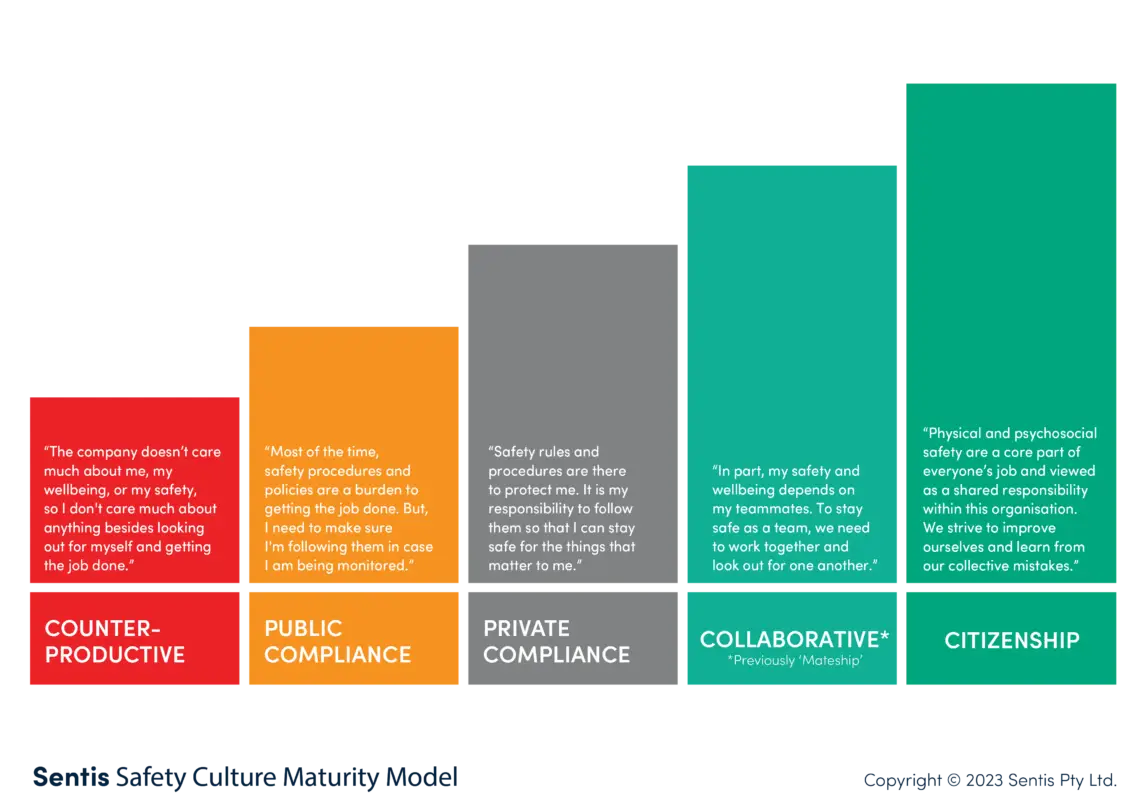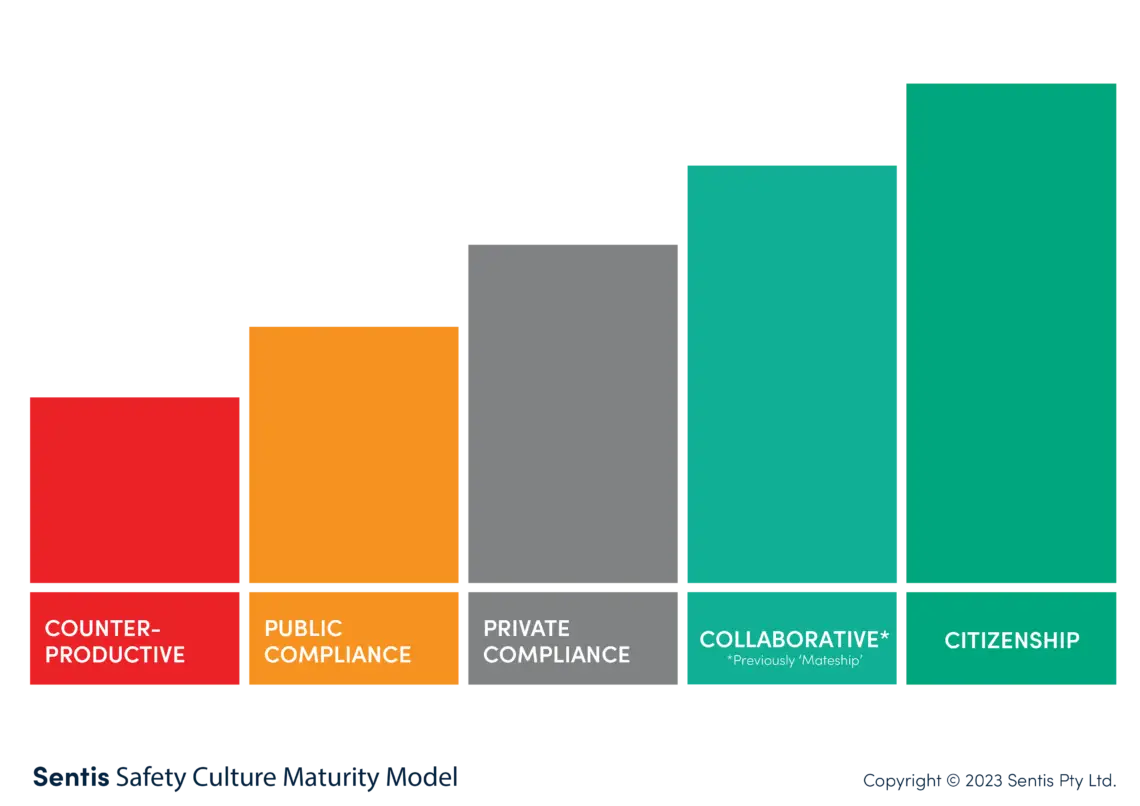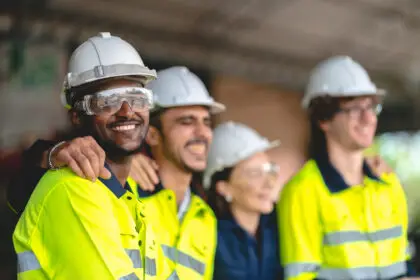Safety Culture
Investing in your safety environment and practices is important to achieving safety compliance. In fact, it’s absolutely necessary. But when it comes to investing in your safety culture, this will only take you so far. To truly shift your safety culture, you must invest in your people.
You may genuinely believe that you are already doing this. But if you were asked to describe your safety initiatives in more detail, what would you say? Would you describe a true investment in your people? Or the systems and environment within which they work? Consider your current safety training. What does this look like? How do people respond? Are they motivated and inspired to work safer? Or do they continue to make unsafe choices, despite their experience and training?
You can have all the right equipment, systems and processes in place, but if your people lack the intrinsic motivation to use these properly, they are unlikely to make safe choices. Remember, your organisation is only as safe as your least safe worker.
Defining Safety Culture
Safety culture is an organisation’s shared attitudes, beliefs and values about safety—essentially, ‘the way things are done around here’. There are four key components in any safety culture: environment, practices, person and leadership. Most organisations have already addressed the environment and practices components. This includes things like equipment, PPE, compliance training, policies and procedures. Yet, many organisations struggle to adequately address the person and leadership components. In fact, recent research has shown that only 1 in 4 leaders demonstrate strong safety leadership behaviours.

Safety Culture Maturity
The Sentis Safety Culture Maturity Model describes the journey organisations take as they progress towards safety excellence. On this journey, organisations can possess different types or ‘profiles’ of safety culture. Each of these profiles differ in their level of maturity or effectiveness. Mature safety cultures are more conducive to good safety performance.
At the lowest level, Counterproductive, individuals actively work against the company and safety rules and procedures. At the highest level, Citizenship, individuals seek ways to improve and invest in safety for the benefit of themselves, their team and the organisation.
Only 14% of work sites operate from a helpful safety culture. So, for majority of organisations, unhelpful safety attitudes and behaviours are common, leading to increased risk, incidents and injuries.
Driving a Positive Safety Culture
The Private Compliance level of maturity is the key tipping point for unlocking a culture of Citizenship and discretionary effort in safety. Organisations sitting below this level of maturity fail to realise the benefits of a positive safety culture.
More often than not, senior leaders at these sites find employees:
- take a tick and flick approach to safety systems
- only comply when management is watching
- see safety procedures as something that gets in the way of doing their job
- cover up incidents and errors due to fear
- cut corners or ignore safety violations during times of production pressure.
When an employee is intrinsically motivated, they make safe choices because they themselves want to. They don’t require monitoring and are more likely to display discretionary effort.
Towards Safety Citizenship
Many people think about safety in an unhelpful way. They focus on safety to keep their boss or safety manager ‘off their back’, or to keep the stats down so they don’t risk losing their bonus… But what if we thought about safety differently? What if safety is not about protecting you from something, but for something?
What if every safe choice you make is an investment in your safety bank account? An investment that will help you get home to the things, people and experiences you go to work to support in the first place? An investment in your ‘Personal Big5’™?
Imagine an organisation where…
- … every individual is focused on making safe choices for their Personal Big5™
- … individuals accept personal responsibility for their safety and focus on finding solutions to challenges
- … workmates look out for and support one another to stay safe
- … a clear safety vision inspires and motivates people to look for ways to improve safety for everyone.
These behaviours only occur in mature safety cultures. Increased discretionary effort, personal accountability and intrinsic motivation to improve safety for the benefit of not only oneself, but the team and organisation more broadly, are typical characteristics of Safety Citizens®. Safety is seen as a core part of everyone’s job and a shared responsibility. This is the safety culture goal that organisations must strive towards if they truly seek to ensure every worker returns home safe each and every day.




